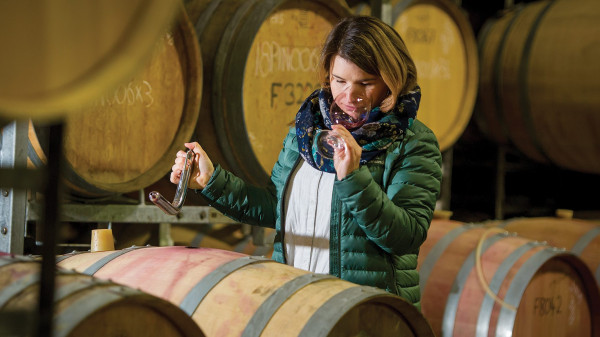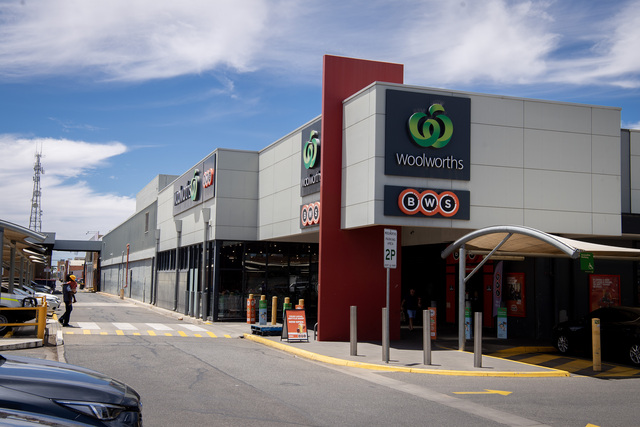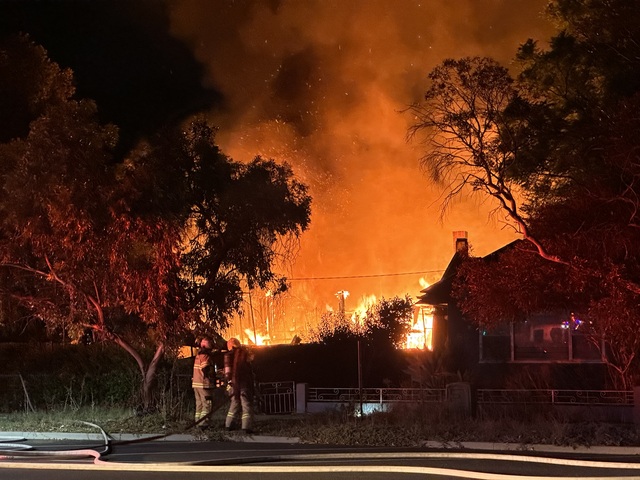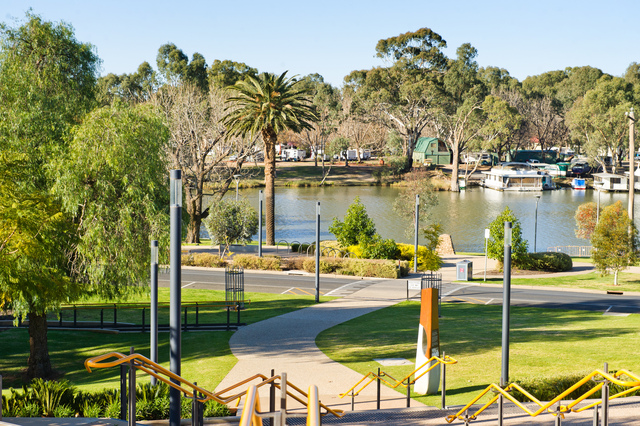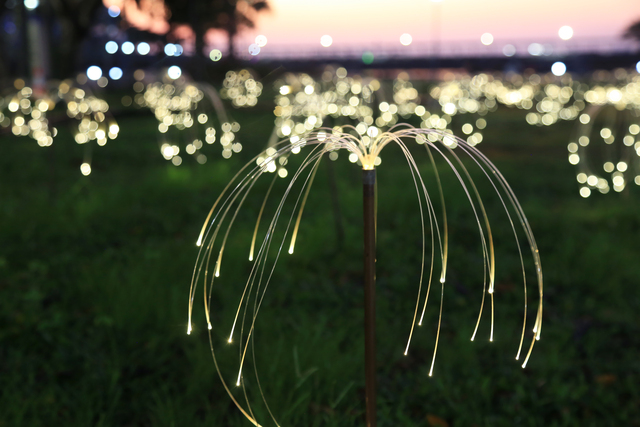Sunraysia is a region famous for its wines and endless vineyards that frames the city of Mildura, but how does a wine newbie find their palate? Jessica Cornish speaks to two local wine makers to learn more about wine, in particular learns which wines are suited for the winter months. Pictures: Ben Gross and Krystal Torney
SITTING in her lounge room one drizzly Sunday evening, surrounded by plain beige boxes of award winning wines, 29 year-old Sunraysia wine maker Roxanne Kloppers sits cross-legged at her dining room table.
Her maroon earrings swing back and forth as she passionately talks about how people can start their journey in to the world of wines; beginning with learning to decipher the label.
“Information is power, once you understand how to read a wine label and what that information is giving you, you can start to make a good decision based on that,” she says.
Three key pieces of information to set oneself on the right track would be “knowing what region the grapes were sourced from, what grape varieties you like, what they do and then finally, the year the grapes were harvested.”
Roxanne says 2011 was a notoriously bad year.
“It was really wet during harvest. Although, now in 2019 a lot of these wines aren’t around anymore. You would only see those wines if you were searching through auctions and stuff like that.”
Excess water during harvest season around March can be devastating for vintage.
The rain can cause the grapes to bloat and burst, thereby diluting the taste of wine and thinning out the flavour. However, “during winter rain isn’t an issue. The vines are dormant and they are loving the rain,” Roxanne says.
It’s also valuable to know which particular grapes grow best in which regions, so you can look out for this when reading labels. This knowledge can set the foundation for your understanding of different wines.
But don’t be fooled, grapes don’t always fit nicely in to one particular region. The same grape can often thrive in multiple locations.
“Shiraz is a good one because it can be grown across a number of climates; it works really well in the Barossa and also towards the Grampians in the cooler climates. The wines that come from those two regions are very different,” she says.
The Barossa Valley is a region another Sunraysia wine maker Kerry Morrison knows well.
After spending 15 years working in the Barossa Valley she can now be found working in Sunraysia’s picturesque Trentham Estate.
As the cooler months set in, fortified wines and full-bodied reds are the king of winter.
“Full-bodied red wines like shiraz, merlots and cabernets, are your heavier and richer style wines,” Kerry says.
“They have a higher concentration of tannins, which means you’re going to get that nice warm feeling as you’re drinking it.”
Additionally, Roxanne further explains tannins by asking us to imagine dipping a tea bag in to a cup of water and letting it seep for a long time before you drink it.
“You will get a feeling of grippyness in your mouth, and that is thanks to the tannins in the tea,” she says.
“Tannins are more present in red wine, compared to white wines, but it is a good thing because it adds texture.”
Although the texture of the wine isn’t the only important element to consider, it’s also important to consider what type of food you will be pairing it with.
In winter, Kerry says people often drink wine with richer foods.
“You know, like your casseroles and big hearty meals. So it’s got to stand up and cut through those bold and savoury flavours and complement the food.”
Sometimes when wines age, certain savoury profiles can change and become more enhanced. Kerry explains different flavours develop through the ageing process.
“A good wine starts in the vineyard – where the balance of flavour, colour and tannins are optimized,” she says.
“These will develop and change throughout the ageing process. Some will develop savoury earthy flavours and the fresh fruit flavours will complex into characters more in line with sweet dried fruits.”
However at the end of the day both wine makers agree wine is all personal preference.
“It’s about taking the time to reach that next step of understanding something,” Roxanne says.
“It’s kind of teaching yourself that wine is forever changing and if you found a bottle of wine you enjoyed in 2018, and noticed there’s also a 2015 version you could try both and start to compare differences in flavour.”
While Kerry confesses “it’s so hard to just pick a wine by looking at a bottle. The best thing to do is to get an understanding of the kinds of wine you enjoy drinking – variety and sweetness – and this will ultimately make the bottle shop run a lot more enjoyable.”

